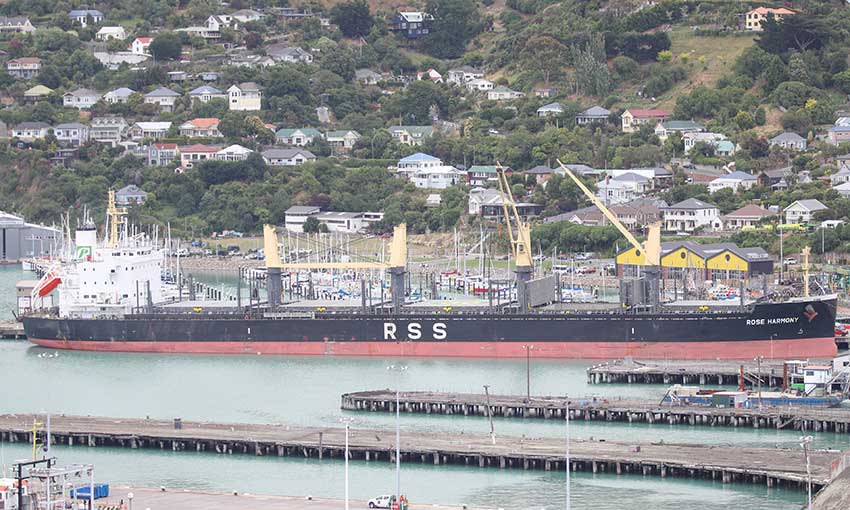A REPORT by the New Zealand Transport Accident Investigation Commission on a collision between a bulk carrier and a fishing vessel sheds light on the importance of good bridge resource management.
The collision occurred on 12 January 2020 as the 179.99-metre geared bulk carrier Rose Harmony was outbound from Lyttelton.
The vessel had disembarked a pilot and was coming up to speed for its intended passage to Dunedin. The Rose Harmony was carrying passengers from the vessel’s charterer. The passengers were on the bridge at the time of the accident.
The 23.89-metre fishing trawler Leila Jo was heading to its home port of Lyttelton after fishing in Pegasus Bay. The master was resting at the time of the accident and a deckhand was keeping the navigational watch.
The vessels were in a head-on situation, which required both to alter course to starboard to avoid a collision.
The third officer on the Rose Harmony observed the Leila Jo when it was more than three nautical miles away. The deckhand on the Leila Jo had sighted a vessel leaving Lyttelton on the vessel’s radar but had not tracked the target or observed it with binoculars.
Neither vessel took early and substantial action to avoid a collision, and at 2259 they collided.
Neither vessel was substantially damaged. One person on the Leila Jo received minor injuries.
Explaining why the incident occurred TAIC’s report said the bridge team on the Rose Harmony – both during and immediately after the pilotage ended – had a low situational awareness of other marine traffic in the vicinity.
“Distraction due to passengers being on the Rose Harmony bridge, the crew not making best use of radar equipment, and the absence of long-range scanning to obtain early warning of the risk of collision, were significant factors,” the report reads.
“The sole watchkeeper on board the Leila Jo had low situational awareness as to the risk of collision with the Rose Harmony because the radar equipment was not used to plot the track of the Rose Harmony. The watchkeeper on board the Leila Jo was not sufficiently familiar with the collision-prevention rules to undertake a sole watch.”
TAIC’s report said collision-prevention rules provide the mandated standard to be followed by all vessels at sea to prevent collisions of two or more vessels.
“Navigating in pilotage waters is a safety-critical phase of a voyage. It is important that all unnecessary distractions are mitigated during these times, particularly the presence of people on the bridge who are not essential to its operation,” the report reads.
“If collisions between vessels are to be avoided, anyone undertaking a sole bridge watch must be sufficiently trained in the collision-prevention rules and be fully familiar with the bridge equipment at their disposal.”
TAIC’s report pointed out that while there was relatively minor damage and injuries resulting from the accident, collisions between large vessels and smaller fishing vessels can be catastrophic.
“Worldwide over many years there have been many fatalities resulting from such collisions. TAIC has investigated one such case, a collision in 1996 between the container vessel Sydney Express and the fishing vessel Maria Luisa at the entrance to Wellington Harbour,” the report reads.
“The Sydney Express was outbound from Wellington and the Maria Luisa was inbound when the two vessels collided, with a loss of five lives.”





